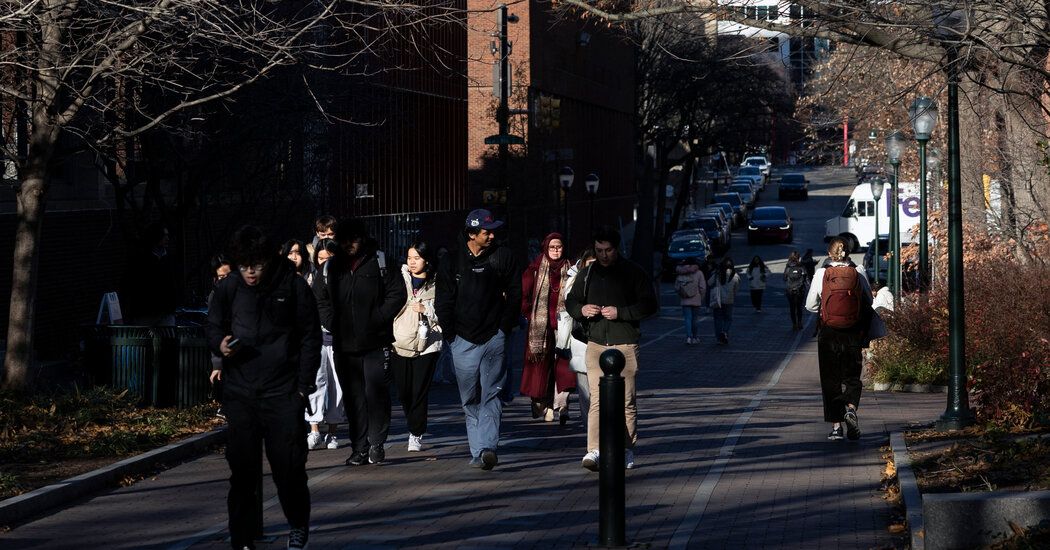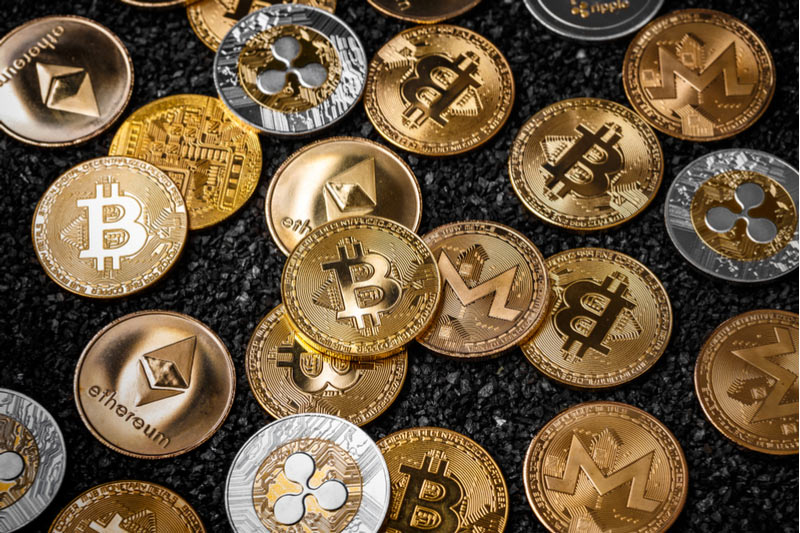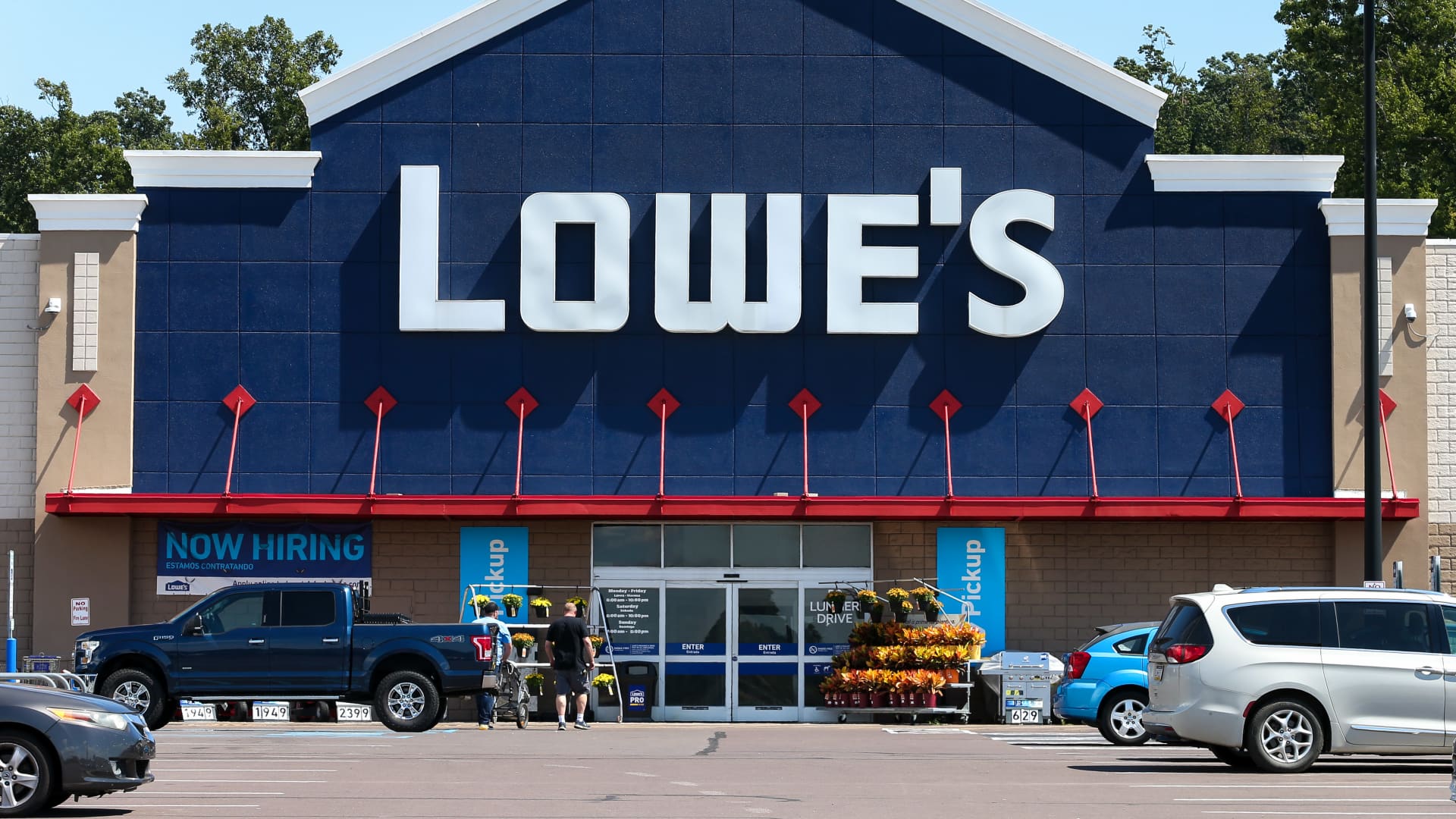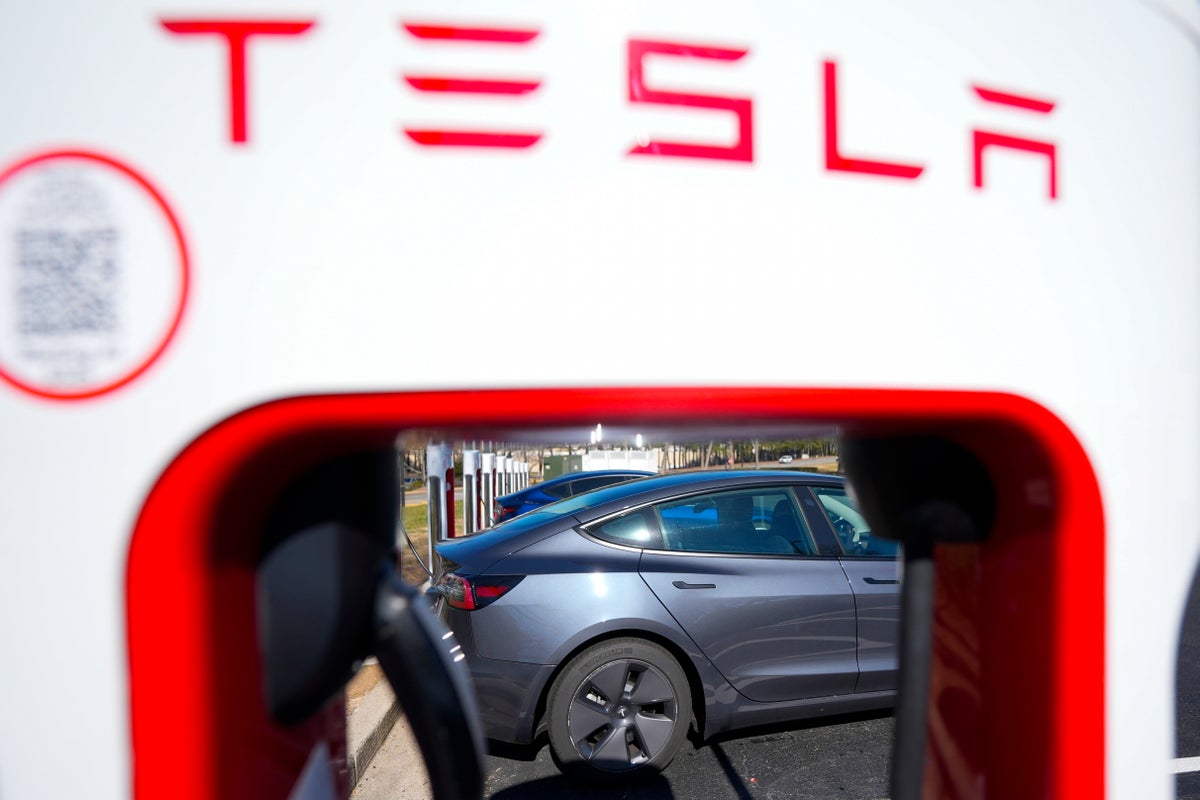The government’s restart of student loan payments was plagued by late bills, incorrect account statements and long waits for customer service, according to a government watchdog report released Friday.
In October, when tens of millions of borrowers received their first federal student loan bills in more than three years after a pause during the pandemic, the Department of Education’s four loan servicers struggled to resume payments. The Consumer Financial Protection Bureau found that borrowers trying to reach their loan servicer by phone typically faced a 73-minute wait in late October to speak with a representative, and at least one borrower waited more than nine hours to connect . When wait times peaked, half of the callers gave up and disconnected.
The office also found that administrators are behind in processing applications for SAVE, a new income-based repayment plan introduced by the Biden administration with much more favorable terms than previous plans. Administrators had 1.25 million pending applications at the end of October, more than 450,000 of which had been pending for at least a month.
Also on Friday, in coordination with the consumer bureau report, the Education Department sanctioned three of its four loan servicers, saying they had not met their contractual obligations to send invoices to borrowers on time. More than 750,000 borrowers received late bills because of the errors, the department said.
The department cut $2 million from its payment to Aidvantage, its second-largest servicer, which handles nine million borrower accounts. The largest administrator, Nelnet, which has nearly 15 million accounts, faced the smallest fine, $13,000; and payment to a third service, EdFinancial, was reduced by $161,000. The amounts were based on the number of borrowers affected by each servicer’s late bills, the department said.
Previously, the department withheld $7 million from its October payment to its fourth loan servicer, MOHELA, because it submitted account statements late.
The Biden administration “will not give student loan servicers a free pass for poor performance and missteps that endanger borrowers,” Education Secretary Miguel Cardona said.
Borrowers who received late bills will have their loans placed in administrative forbearance, Cardona said, during which they will not owe payments or incur interest. The administrative forbearance time will count as qualifying months of payments for the department’s loan forgiveness programs, he added.
In response to the penalty, Nelnet said it would no longer allow borrowers to choose their own billing dates; some of those that did received their bills late, the company said.
“Borrowers have had the ability to set their own due date for more than a decade, but in light of today’s actions, Nelnet expects to eliminate this option in the future,” a spokesperson said in a written statement. “We take our responsibility to borrowers seriously and regret any errors made during the extraordinary circumstances of the return to payment.”
Aidvantage said in a written statement that it “took immediate steps to rectify” the overdue statements “and prevent any risk of them occurring in the future.”
A representative of EdFinancial referred questions to the Department of Education. A representative for MOHELA did not immediately respond to a request for comment.
Scott Buchanan, executive director of the Student Loan Servicing Alliance, a trade group, said its members warned last year that such problems were inevitable.
“This is exactly what we said would happen when the government doesn’t have an operational plan, keeps changing it, does it at the last minute and doesn’t provide enough resources,” he said. “And then everyone is surprised, surprised. “It reminds me of ‘Casablanca.'”
The Education Department said last month that about 60 percent of the 22 million people who had payments due in October had made them by mid-November.
Consumer advocates said the government’s findings support what they have been saying for months: The process of restarting student loan billing has been difficult, in ways that hurt borrowers.
“Withholding payment is not enough. We need to find more ways to hold loan servicers accountable and untangle all of this confusion for millions of borrowers. The easiest way to solve all of this is to cancel student debt,” said Natalia Abrams, founder and president of the Student Debt Crisis Center, a nonprofit advocacy group.
Buchanan, the trade group’s leader, said the government withholding payments to administrators would only exacerbate the problems. The consumer bureau report noted that, on average across all administrators, employees who processed income-based payment requests each had a backlog of 1,335 requests.
“It’s frustrating to blame people, penalize them, take away resources and then expect things to get better,” he said. “It defies any kind of logic.”








